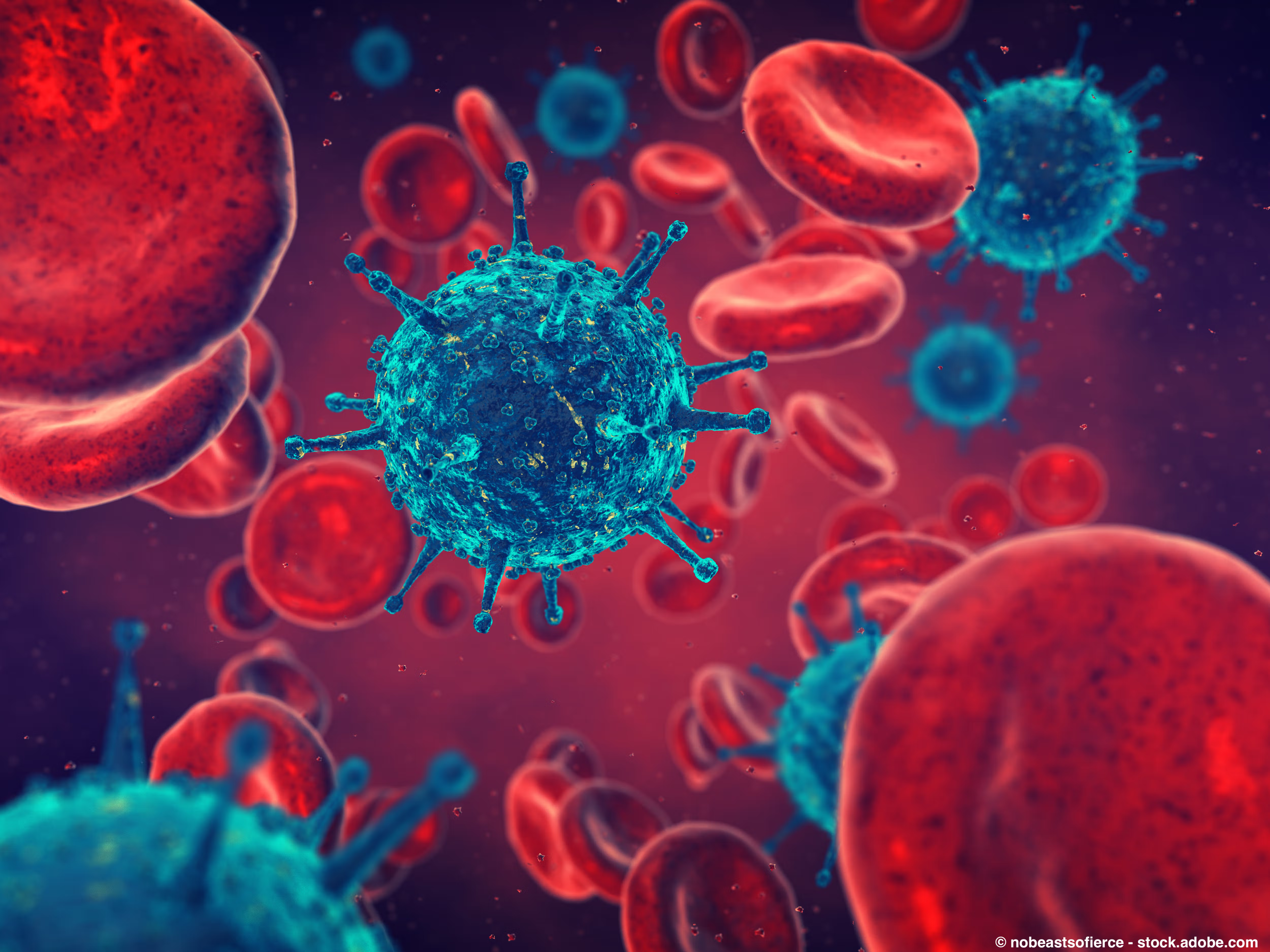Newer treatments for patients with acute lymphoblastic leukemia may offer the potential for fewer side effects than traditional chemotherapy, an expert said.
These innovative therapies, including drugs like Besponsa (inotuzumab), glembatumumab and Blincyto (blinatumomab), target cancer cells more precisely, reducing the impact on healthy cells. This can lead to fewer side effects such as low blood cell counts and liver problems, which are common with chemotherapy.
Glossary:
Cytokine release syndrome: a large, rapid release of cytokines from immune cells into the blood that may result from immunotherapy. Symptoms may include nausea, fever, rash, headache, low blood pressure, rapid heartbeat and trouble breathing.
Immune effector cell-associated neurotoxicity syndrome: a neurological condition when the immune system causes inflammation in the brain, which may lead to mild to severe symptoms affecting movement, cognitive functions and speech.
Cytopenia: lower than normal number of blood cells.
Transaminitis: elevated levels of transaminases, a liver enzyme, in the blood, which may indicate liver damage.
Vaso-occlusive disease: when blood vessels become blocked by clumping of red blood cells, which can prevent blood flow to certain areas of the body.
Hyper-CVAD: a chemotherapy regimen used to treat some types of lymphoma and leukemia.
Febrile complications: issues that can occur as a result of a fever.
At the 43rd Annual Chemotherapy Foundation Symposium, CURE® spoke with Dr. Hannah Levavi to learn more about these new treatments. Particularly, we discussed how these newer treatments compare with chemotherapy regarding side effects, and how to best optimize treatment plans.
Levavi is an assistant professor of medicine, hematology and medical oncology at The Tisch Cancer Institute at Mount Sinai Hospital in New York.
Transcript:
So one real benefit of the novel therapies is that they're much more tolerable, especially in an older population, than traditional chemotherapy. So while both inotuzumab (Besponsa) and glembatumumab do have toxicities, blinatumomab (Blincyto) has CRS (cytokine release syndrome) and ICANS (immune effector cell-associated neurotoxicity syndrome), as well as some degree of cytopenias and transaminitis. And inotuzumab, of course, has a risk of transaminitis as well as vaso-occlusive disease. These side effects are much more tolerable for most patients than traditional chemotherapy, especially when comparing these to very common chemotherapy backbones that are used in the community, like Hyper-CVAD, so patients don't develop the same degree of cytopenias. They don't develop the same degree of febrile complications. So these are really very tolerable.
There — and as we work through these therapies, we're learning more about how to refine the way we dose them and the way we manage the adverse events in order to mitigate some of these toxicities, such as reducing the dose and fractionating inotuzumab.
For more news on cancer updates, research and education, don’t forget to subscribe to CURE®’s newsletters here.




